by Lisa Cooke | Jun 23, 2014 | 01 What's New, Libraries, Photographs, Preservation
You have precious family history files, both physical and digital. Have you ever wondered if they are in the proper form for safe, long term preservation? Consider taking a cue from the United State’s oldest federal cultural institution and the largest library in the world, holding more than 158 million items in various languages, disciplines and formats.
According to their announcement today the Library of Congress today released “a set of recommended formats for a broad spectrum of creative works, ranging from books to digital music, to inform the Library’s acquisition practices. The format recommendations will help ensure the Library’s collections processes are considering and maximizing the long-term preservation potential of its large and varied collections.”
The recommended formats can be viewed here www.loc.gov/preservation/resources/rfs/ and cover six categories of creative output:
- Textual Works and Musical Compositions
- Still Image Works
- Audio Works
- Moving Image Works
- Software and Electronic Gaming and Learning
- Datasets/Databases
What I like about this recommendations is that they rank the various file formats on the digital side of things in order of preference. So even if you aren’t in the position to change your digital file’s format right now, you will know where it falls in the spectrum of long-term preservation.
For example, here are the recommendations for digital photograph files formats in the order of preference:
Formats, in order of preference
- TIFF (uncompressed)
- JPEG2000 (lossless (*.jp2)
- PNG (*.png)
- JPEG/JFIF (*.jpg)
- Digital Negative DNG (*.dng)
- JPEG2000 (lossy) (*.jp2)
- TIFF (compressed)
- BMP (*.bmp)
- GIF (*.gif)
Download the PDF of recommendations from the Library of Congress here
by Lisa Cooke | Aug 8, 2016 | 01 What's New, Oral History, Writing Family History |
Writing your personal history can be simple and oh-so-fun with the step-by-step approach from our own Sunny Morton. She has just released her book “Story of My Life” and we are ecstatic to tell you about it! This fill-in-the-blank workbook will guide you as you write and organize the story of your life from birth to retirement.

Beginning Your Personal History Journey
Writing a personal history is a big project and one that many of us consider overwhelming. As time rolls on, I know I feel a tugging on the old heart strings to write more of my own history for posterity. I just don’t know how or where to start.
Sunny has the answer in her recent workbook titled Story of My Life. It’s not only a fill-in-the-blank workbook, but inspiring and instructional for any novice or experienced writer. Sunny has also included many tips and hints for how to jog your memory or the memory of others. Others? Yep–others. I love the way she has incorporated ideas in which we can include the memories of others in our personal memoir.
Why This Book is Unique
When asked why her book is different, Sunny shares:
“This book helps you say more than, ‘I remember.’ It helps you say, ‘This is what I got out of my life.’ That’s the ‘so what’ factor that gives your best stories value and staying power. Story of My Life works for every life path and life style, too: its questions cover the gamut from childhood to retirement, motherhood to military life, school to hard-scrabble working, triumphs and failures, and relationships of all kinds.
Along with traditional questions like when and where you were born, Sunny includes places for you to record other special memories. Some special memory ideas include writing about an influential teacher or coach, a godparent, or a flashbulb memory. A flashbulb memory is described as “your memory of a highly public event.” Just reading that reminded me of where I was standing, in an Army base hospital, when I saw the Twin Towers fall on 9/11. It was an event that is burned in my memory and had a lasting effect on me.
More Ideas for Projects and Preservation
Like I said before, Sunny suggests collaborating with others to recall memories of your life from a different perspective. I thought it would be neat to work with my sisters on the “Me and My Mother” worksheets for childhood, adolescence, and adulthood. These help us each reflect on our relationships with her during different seasons of life. I thought it would be neat to collect these worksheets from each of my siblings and have them bound together to give to Mom on Mother’s Day.

Other ideas include tips for preserving your precious artifacts and memorabilia.
Writing Personal History at any Time in Life
Whether you are just starting out in your adult life or if you are in the prime of retirement, you will finally be motivated and able to complete your personal history. Everyone can use a little motivation and encouragement to write those stories. Follow along as Sunny shows you how to weave your way through the good, the bad, the triumphant, and the sometimes tragic, story of you.
Click here to order your copy of Story of My Life today!
More Gems on Writing Personal History
Disclosure: This article contains affiliate links and Genealogy Gems will be compensated if you make a purchase after clicking on these links (at no additional cost to you). Thank you for supporting Genealogy Gems!
by Lisa Cooke | Mar 5, 2016 | 01 What's New, Apps, Kids, Listeners & Readers, Photographs
Check out these celebrity cousin look-alike photos! A distant cousin of Katherine Hepburn compares photos with fun results.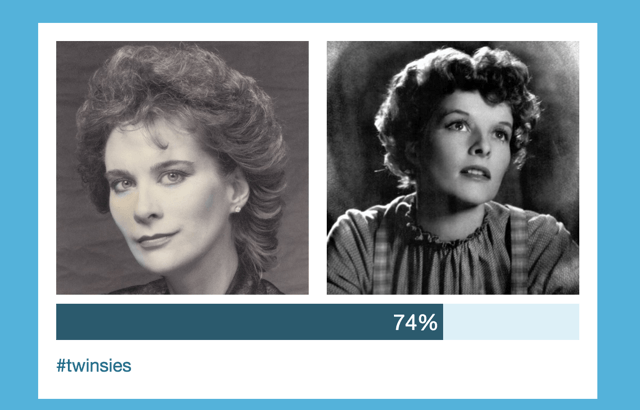
Last fall, I blogged about a web app that uses facial recognition software to compare how closely two faces “match.” Since then, several people have sent in their own family look-alike photos. Here’s one with a new twist: a celebrity look-alike!
Celebrity Cousin Look-Alike Photos
Lydia wrote in with this: “I’ve had fun with the Twins or Not? app and here are some of my results. A bit over a year ago I broke down a brick wall and found Katherine Hepburn on the other side as a fifth cousin. Well, I do have strong cheekbones so I plugged in some of my photos and compared them to Hepburn’s. Here’s what I got!
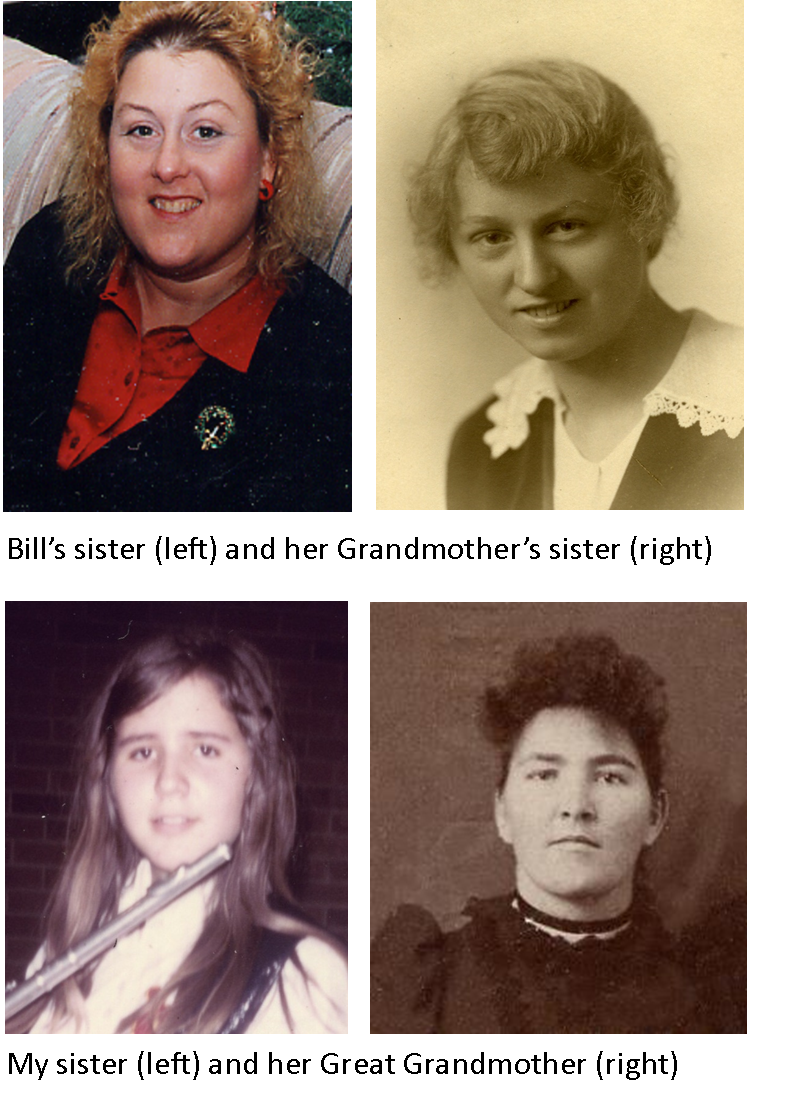 In the first pic [shown right] you’ll find Leman Garlinghouse, Hepburn’s great grandfather, and my great-great grandfather, Tyler McWhorter. The two men were second cousins via the Garlinghouse family line. Leman Garlinghouse’s daughter married a Houghton man in the early 1850s and their daughter was Carrie Houghton, who grew up to be Katherine Hepburn’s mother. One doesn’t need photo comparison app to tell they were related!
In the first pic [shown right] you’ll find Leman Garlinghouse, Hepburn’s great grandfather, and my great-great grandfather, Tyler McWhorter. The two men were second cousins via the Garlinghouse family line. Leman Garlinghouse’s daughter married a Houghton man in the early 1850s and their daughter was Carrie Houghton, who grew up to be Katherine Hepburn’s mother. One doesn’t need photo comparison app to tell they were related!
The next one is one of my (old!) theatrical headshots and one of Hepburn:
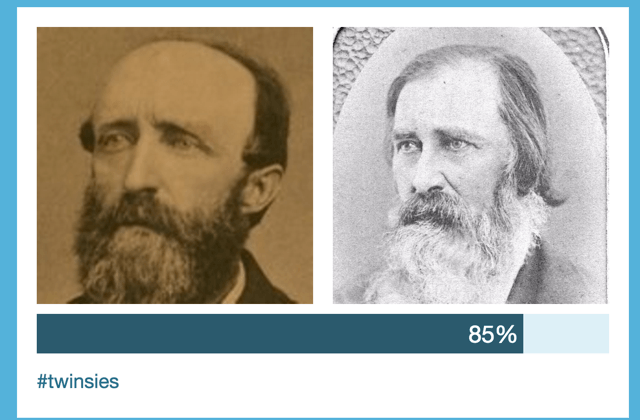
Pretty cool, eh?”
I agree with Lydia! That’s pretty cool. You can find mobile apps that do this in the Google Play store and in iTunes. What a great way to spark interest in the look-alikes in YOUR family history at your next family gathering! Especially great for kids. (Just have some old family photos available on your mobile device to upload and compare with shots you can snap of living relatives.)
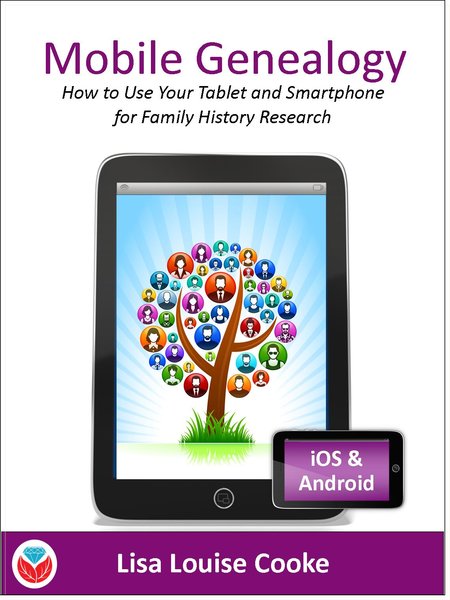 Remember that your mobile device can be your best go-to resource for genealogy-on-the-go. Use it to access your family tree, digitize a photo or document on the fly or share your latest find with a loved one. Learn how in my new book, Mobile Genealogy: How to Use Your Tablet and Smartphone for Family History Research.
Remember that your mobile device can be your best go-to resource for genealogy-on-the-go. Use it to access your family tree, digitize a photo or document on the fly or share your latest find with a loved one. Learn how in my new book, Mobile Genealogy: How to Use Your Tablet and Smartphone for Family History Research.
More Apps for Family History
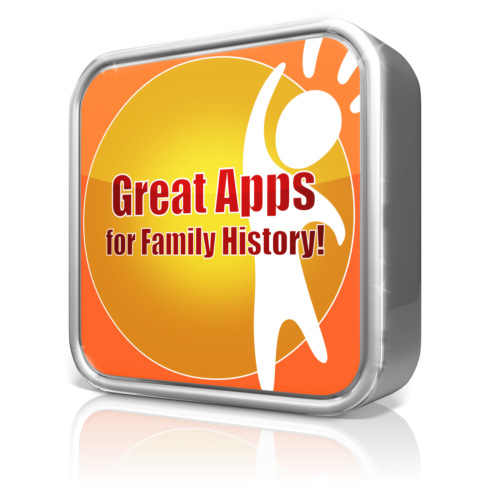 5 Free Family History Apps You Should Have
5 Free Family History Apps You Should Have
MyHeritage.com App Gets a Redesign
Record a Life Story: Free StoryCorps App
by Lisa Cooke | Mar 19, 2014 | Beginner
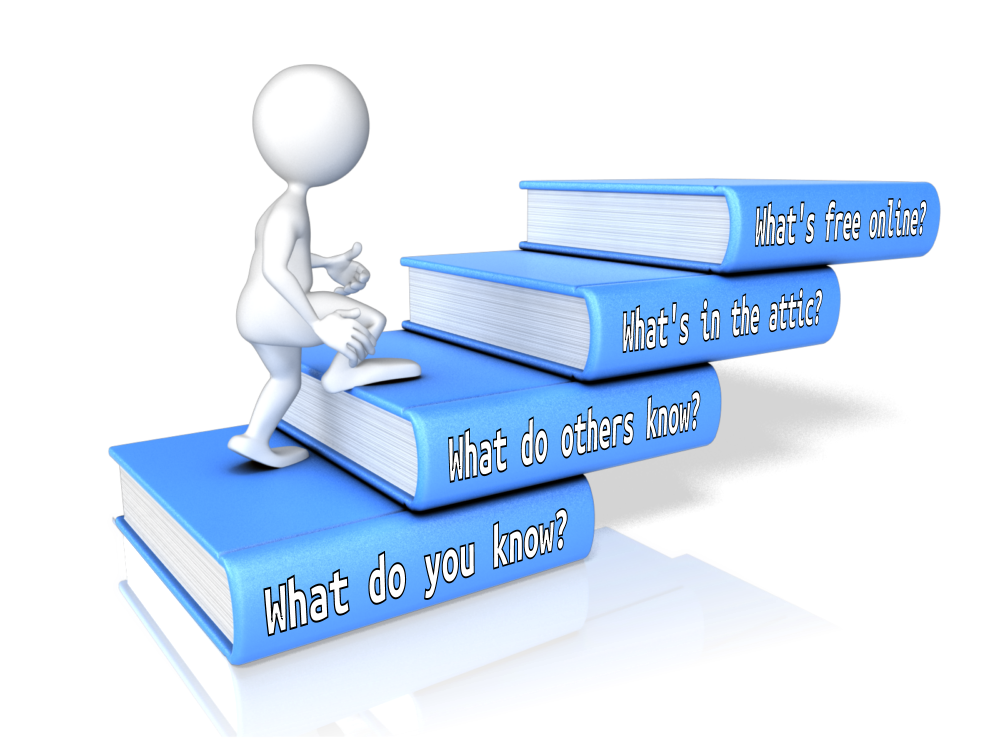 Free Family History has a nice ring to it!
Free Family History has a nice ring to it!
Did you know you don’t have to pay for a subscription to anything to be able to start learning more about your family history?
Start to find your family history for free by asking the four questions listed below.
1. What do you already know?
Chances are that you know something about your family already. The most important facts we start with are our relatives’ names and their dates and places of birth, marriage(s) and death. These facts can help you later to distinguish between records about our relatives and others with the same name.
Write down what you know about your “direct ancestors”–your parents, grandparents, great-grandparents, etc.–on a family tree chart like this free fill-in pdf format (these are also called pedigree charts). Then use family group sheets like this one to organize facts about each individual couple (this is where you can list all the children your grandparents had, for example).
2. What do your relatives know?
After filling out what you can, show your family tree chart and family group sheets to other relatives. Ask them if they can fill in some blanks. Remember these tips:
- Try to include a little note about who tells you each piece of information.
- Someone may dispute what you find. Everyone’s memory of an event is different. Don’t argue. Treat their information with respect:. Write it down. Then ask politely if they have any documentation you could see, or why they believe something to be true (who told them, etc).
- Ask whether anything is missing from your charts: a grandparent’s second marriage, a stillborn child or even whether someone’s name is accurate. You or others might know someone by a nickname or middle name.
- Be sensitive to information that might be confidential or not generally well-known, like a birth date that doesn’t appear more than 9 months after a wedding, or a first marriage. Consider asking living relatives if it’s okay for you to share certain facts. Consider only showing part of your charts to a relative.
3. What’s in the attic (or anywhere else)?
We can often find family documents in our own homes and those of our relatives. Look in attics, basements, storage units, safe deposit boxes and 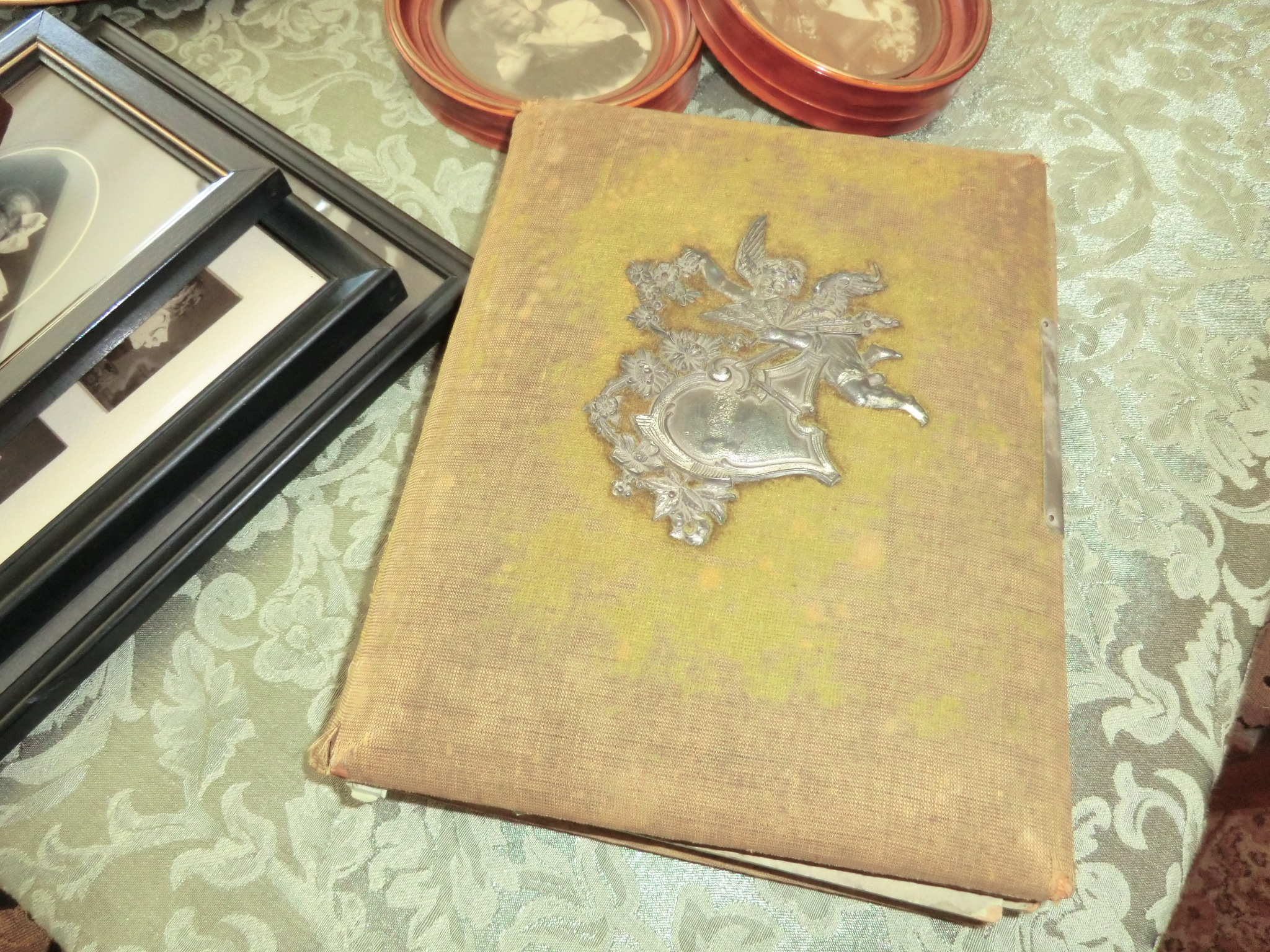 safes, filing cabinets, photo albums, scrapbooks, shoeboxes and other places where papers and memorabilia may be tucked. You’re looking for things like:
safes, filing cabinets, photo albums, scrapbooks, shoeboxes and other places where papers and memorabilia may be tucked. You’re looking for things like:
- certificates of birth, baptism, marriage or death;
- obituaries or other news articles, like anniversaries;
- funeral programs, wedding and birth announcements;
- photos with names or other notes on the backs;
- insurance, pension, military or other paperwork that may mention births or deaths or beneficiary information;
- wills and home ownership paperwork–even outdated ones;
- a family Bible.
When you find family names, relationships, dates and places in these documents, add them to your charts.
4. What’s available online for free?
There are two major types of family history information online: records and trees. Records are documents created about specific people, like obituaries, birth certificates and all those other examples I just mentioned. Trees are a computerized form of other people’s family tree charts and group sheets. It can be tempting to just look for someone else’s version of your family tree. Eventually you will want to consult those. But other people’s trees are notoriously full of mistakes! Instead, start by looking for records about the relatives you already have identified.
I suggest that you start your search at FamilySearch.org because it’s totally free. At most other sites, you’ll have to subscribe or pay to see all the search results. At FamilySearch, you just need to create a free user login to get the most access to their records.
After logging in, click Search. Choose a relative you don’t know a lot about. Search for that name. Use the different search options to add more information–even a range of dates and a state/province or country–so you don’t have to wade through thousands of near-matches.
The most common records to find on FamilySearch for many countries are census and vital records.
- A census is a tally of residents, voters or another target population. Entries often include details about a household: who lived there, how they were related, how old they were, where they were born, etc. You can often extract family information from census listings, though some things (like ages or name spellings) may not be totally accurate.
- Vital records are official records of someone’s birth, marriage or death. In these, you’ll often find important dates and places as well as names of parents, spouses or others important to the family. They aren’t always totally accurate, and you may only be able to see an index of the record (not the actual document).
As you find search results, compare what they say to what you’ve already learned. How likely is it that this record belongs to your family? Consider how many people seem to have the same name in that location and time period (for example, how many are mentioned in the 1880 U.S. census in that state?). Don’t just look at the search results list: click through to look at the full summary of the entry and, if you can, the original record itself. You may find additional details in these that can confirm whether this record belongs to your relative. You may even find out about new people: your great-grandparents’ parents, for example. Write it all down or begin building a family tree right there on the FamilySearch website (because it’s totally free: learn more about that here.) And one of the greatest keys to long term success is citing your sources. It’s imperative that you make careful note of where you got the resource so that you can find and refer to it again later, and back up your research if it is ever called into question.
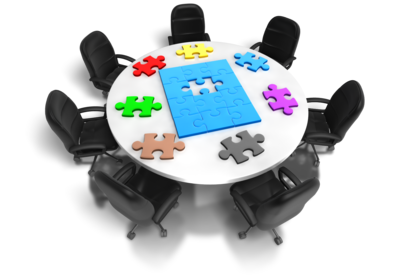 People who research their family history often describe it as a puzzle with lots of different pieces. You will need to assemble a lot of puzzle pieces–information about each relative–to begin to see the “bigger picture” of your family history. You’ll start to sense which pieces may belong to a different family puzzle. You may put together a picture that is unexpected, or has some shadows and sadness. There will likely also emerge heroic, beautiful and touching images.
People who research their family history often describe it as a puzzle with lots of different pieces. You will need to assemble a lot of puzzle pieces–information about each relative–to begin to see the “bigger picture” of your family history. You’ll start to sense which pieces may belong to a different family puzzle. You may put together a picture that is unexpected, or has some shadows and sadness. There will likely also emerge heroic, beautiful and touching images.
Ready to learn more?
Up next, read:
7 Great Ways to Use Your iPad for Family History
How to Find Your Family Tree Online
Best Genealogy Software
Search the SSDI for Your Family History





 In the first pic [shown right] you’ll find Leman Garlinghouse, Hepburn’s great grandfather, and my great-great grandfather, Tyler McWhorter. The two men were second cousins via the Garlinghouse family line. Leman Garlinghouse’s daughter married a Houghton man in the early 1850s and their daughter was Carrie Houghton, who grew up to be Katherine Hepburn’s mother. One doesn’t need photo comparison app to tell they were related!
In the first pic [shown right] you’ll find Leman Garlinghouse, Hepburn’s great grandfather, and my great-great grandfather, Tyler McWhorter. The two men were second cousins via the Garlinghouse family line. Leman Garlinghouse’s daughter married a Houghton man in the early 1850s and their daughter was Carrie Houghton, who grew up to be Katherine Hepburn’s mother. One doesn’t need photo comparison app to tell they were related!
 Remember that your mobile device can be your best go-to resource for genealogy-on-the-go. Use it to access your family tree, digitize a photo or document on the fly or share your latest find with a loved one. Learn how in my new book,
Remember that your mobile device can be your best go-to resource for genealogy-on-the-go. Use it to access your family tree, digitize a photo or document on the fly or share your latest find with a loved one. Learn how in my new book,  Free Family History has a nice ring to it!
Free Family History has a nice ring to it! safes, filing cabinets, photo albums, scrapbooks, shoeboxes and other places where papers and memorabilia may be tucked. You’re looking for things like:
safes, filing cabinets, photo albums, scrapbooks, shoeboxes and other places where papers and memorabilia may be tucked. You’re looking for things like: People who research their family history often describe it as a puzzle with lots of different pieces. You will need to assemble a lot of puzzle pieces–information about each relative–to begin to see the “bigger picture” of your family history. You’ll start to sense which pieces may belong to a different family puzzle. You may put together a picture that is unexpected, or has some shadows and sadness. There will likely also emerge heroic, beautiful and touching images.
People who research their family history often describe it as a puzzle with lots of different pieces. You will need to assemble a lot of puzzle pieces–information about each relative–to begin to see the “bigger picture” of your family history. You’ll start to sense which pieces may belong to a different family puzzle. You may put together a picture that is unexpected, or has some shadows and sadness. There will likely also emerge heroic, beautiful and touching images.